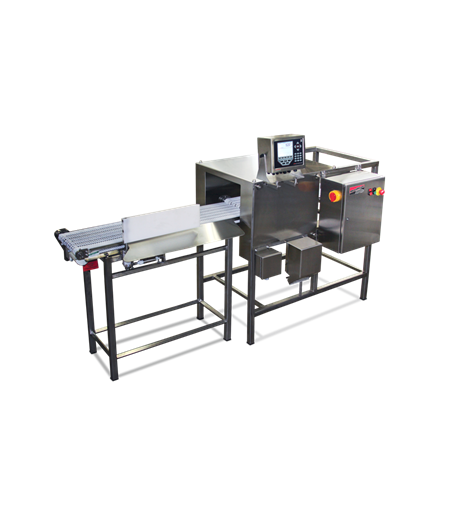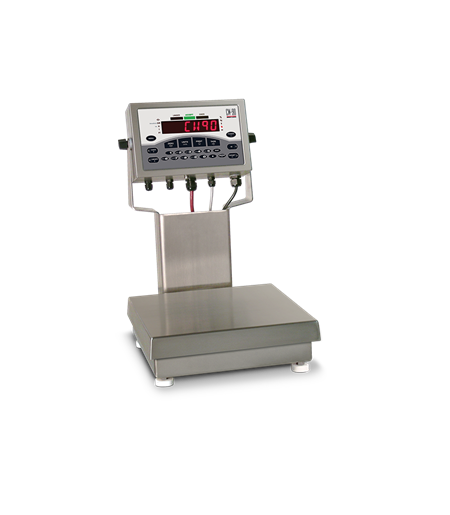Is the website displaying in the correct language? Please confirm or select a different language.
Your region has been set automatically. Please confirm or select a different region.
How to Choose a Checkweigher
If your business is considering purchasing a checkweigher to improve production, this guide will help you determine what product will best suit your application needs.
Checkweighing is an essential step in product inspection because it increases efficiency without decreasing product quality. If your business is considering purchasing a checkweigher to improve production, this guide will help you determine what product will best suit your application needs.
Differences and Advantages of Static and In-Motion Checkweighing
Static checkweighers require hands-on interaction in order to move the product on and off the scale, whereas in-motion checkweighers automatically weigh products as they move along a production line at a high speed. Furthermore, in-motion checkweighers check 100% of the weight of the items inspected.
STATIC
Very little maintenance
No process control to service or calibrate
Lower initial cost
IN-MOTION
Decreases operator time
Fewer manual errors
Automation increases productivity
100% inspection rate
Factors to Consider when Choosing a Checkweigher
TYPE OF PRODUCT BEING WEIGHED
The type of product being weighed will determine the design, accuracy and accessories of your checkweigher. Products such as raw or unwrapped foods, prepackaged food, beverage cans or cartons, pill bottles, shoes in shoeboxes, cases of batteries and children’s products are only some examples of products that pass through checkweighers. In some cases, strict government regulations play a significant role in the construction and durability of a checkweigher, so speak with your scale supplier about regulations your product application would need to follow.
ENVIRONMENT
Temperature fluctuations, humidity levels, air currents, debris and dust are all environmental factors that can affect your checkweighing process. Carefully consider the climate in which your products are weighed when choosing a checkweigher.
VIBRATION
Vibration is a factor that affects all checkweighers. To minimize vibrations, check for available space away from nearby machines, moving parts or other conveyors.
STANDARDS, REGULATIONS AND SPECIFICATIONS
Washdown and sanitation is a required procedure in many industries, especially in the food industry. Additionally, packages must meet weight specifications set forth by government agencies, which will determine your range of accuracy. Another important factor to consider is the rate at which your production line moves. Keep in mind your existing site configuration, which will determine how much space the site will allow for checkweigher integration.
Rice Lake Weighing Systems checkweighers are built with advanced options for metal detection, diverter systems and more. Visit www.ricelake.com/checkweighing to learn more about Rice Lake’s checkweigher options.
This article is part of Rice Lake’s Checkweigher Buyer’s Guide series. Request a copy or download the Checkweigher Buyer’s Guide today.



 My Account
My Account



